he U.S. Department of Energy (DOE) today announced $18 million in new funding to advance particle accelerator technology, a critical tool for discovery sciences and optimizing the way we treat medical patients, manufacture electronics and clean energy technologies, and defend the nation against security threats.
Tag: Particle Physics
New IceCube detection proves 60-year-old theory
Normally, electron antineutrino would zip right through the Earth at the speed of light as if it weren’t even there. But this particle just so happened to smash into an electron deep inside the South Pole’s glacial ice, and was caught by the IceCube Neutrino Observatory. This enabled IceCube to make the first ever detection of a Glashow resonance event, a phenomenon predicted 60 years ago by Nobel laureate physicist Sheldon Glashow.
IceCube detection of high-energy particle proves 60-year-old physics theory
With this detection, scientists provided another confirmation of the Standard Model of particle physics. It also further demonstrated the ability of IceCube, which detects nearly massless particles called neutrinos using thousands of sensors embedded in the Antarctic ice, to do fundamental physics. The result was published March 10 in Nature.
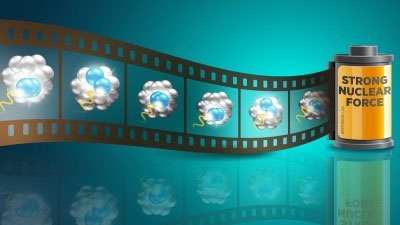
Researchers Overcome the Space between Protons and Neutrons to Study the Heart of Matter
Scientists can now study the strong force with a novel method of accessing the space between protons and neutrons within a nucleus. The first direct probes have tested the validity of leading theories that describe the interactions between protons and neutrons in nuclei. This research confirms that current theoretical models describe the behavior of protons and neutrons quite well.
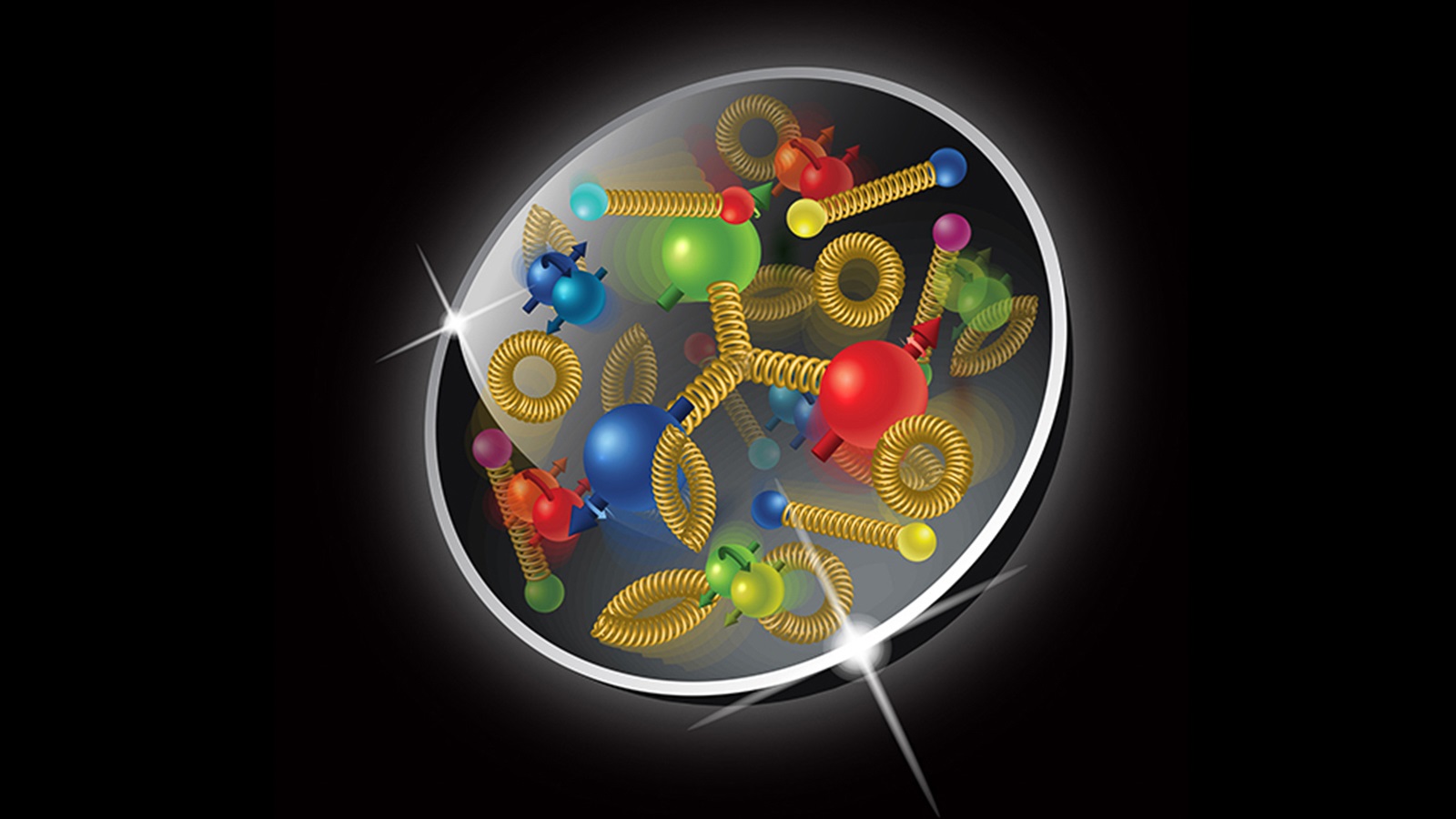
Nature’s funhouse mirror: understanding asymmetry in the proton
The results of a new experiment could shift research of the proton by reviving previously discarded theories of its inner workings.
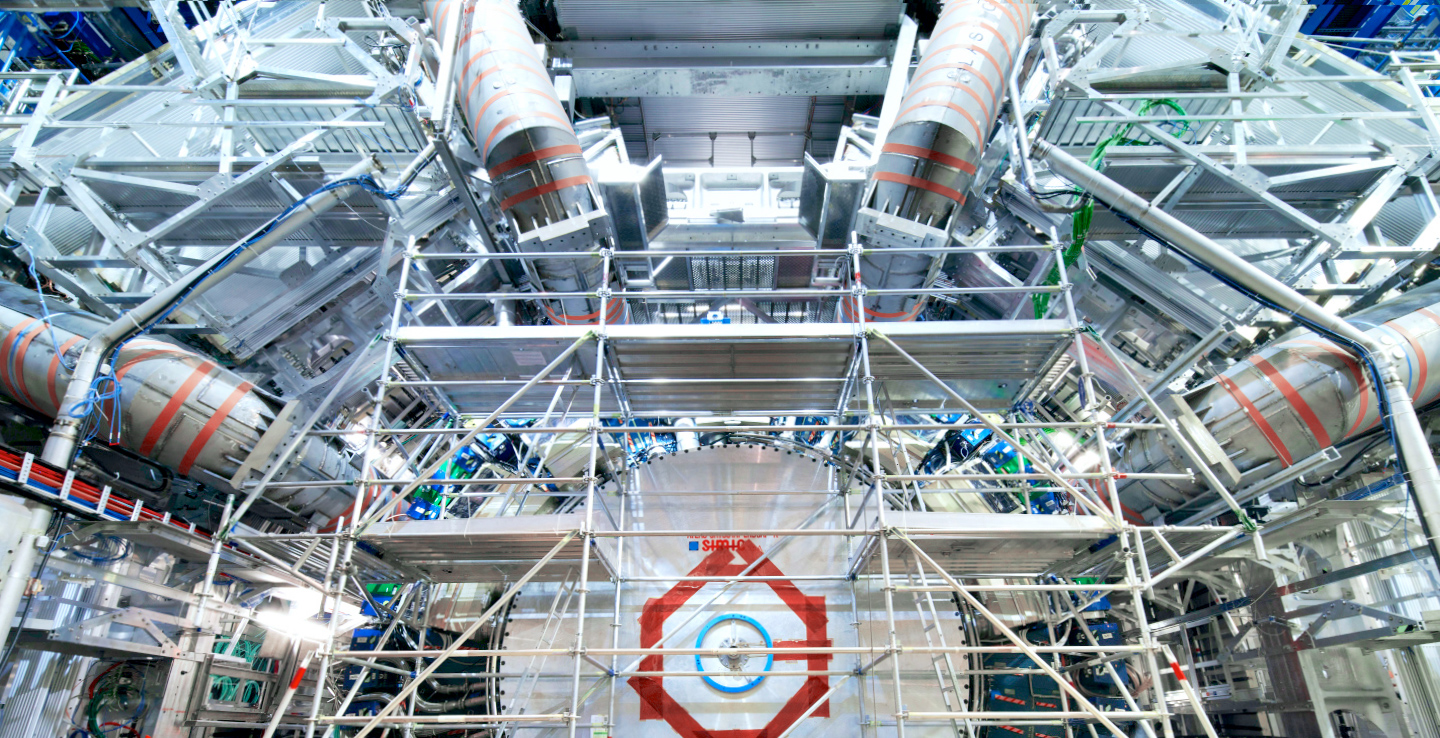
Researchers Hunt for New Particles in Particle Collider Data
Berkeley Lab researchers participated in a study that used machine learning to scan for new particles in three years of particle-collision data from CERN’s ATLAS detector.
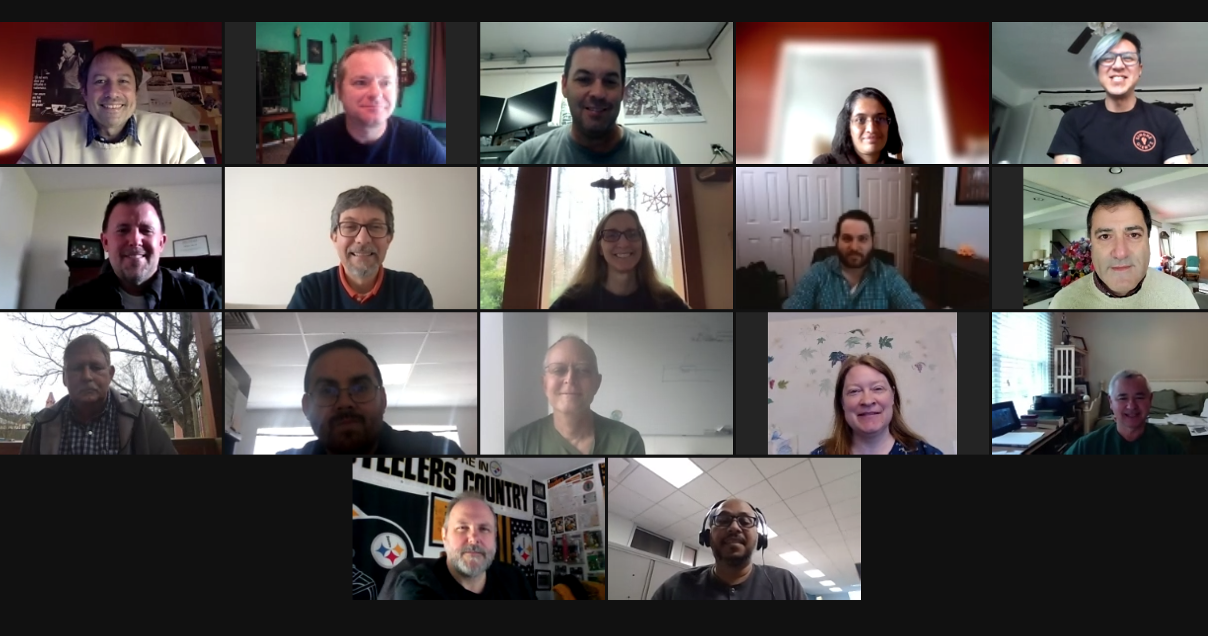
Remote-Working Team to Tame Electron Beams
A major injector upgrade at the U.S. Department of Energy’s Thomas Jefferson National Accelerator Facility was well underway early last year when the pandemic hit, throwing scientists and their long-anticipated project for a loop. Literally overnight, they had to leave their desks, control room and colleagues behind and rapidly learn how to work together from the confines of their own homes.
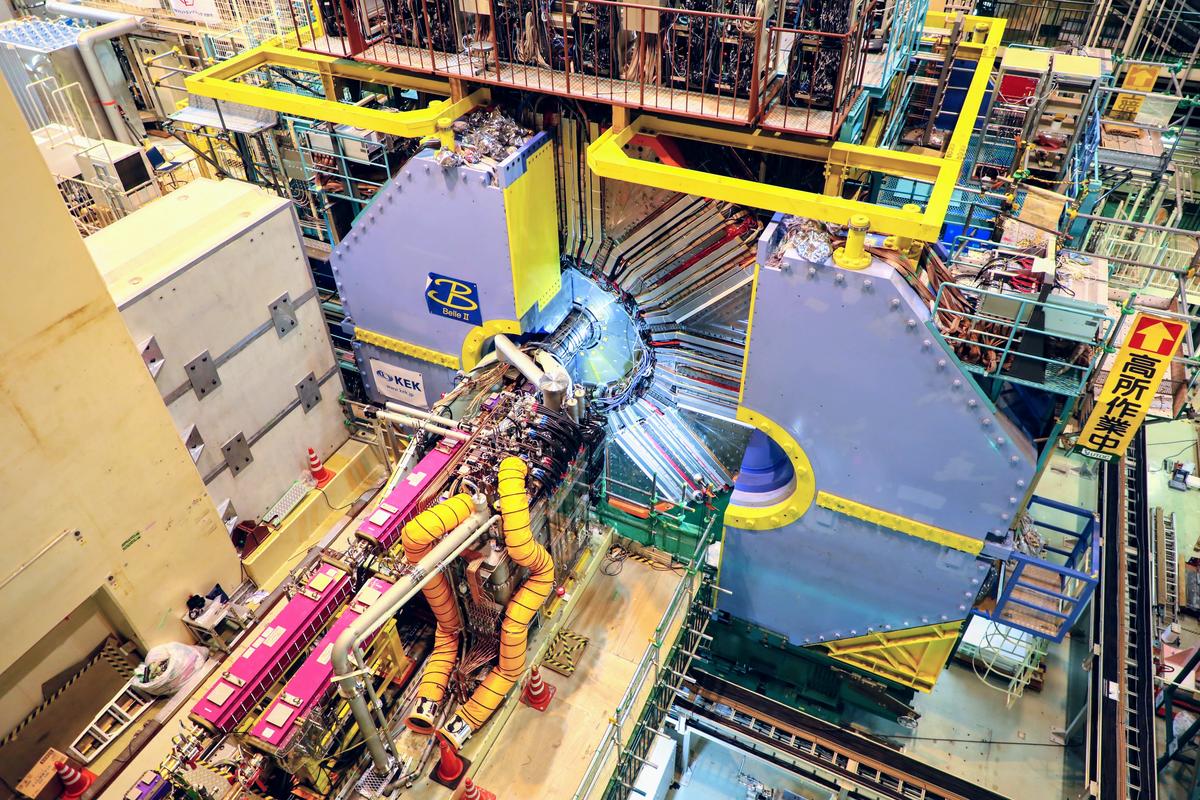
Iowa State particle physicists follow the data to Japan’s Belle II experiment
Iowa State high-energy physicists Chunhui Chen, Jim Cochran and Soeren Prell have moved their research from the Large Hadron Collider in Europe to the Belle II experiment in Japan. It’s a chance to search for new physics at the intensity frontier of more and more particle collisions.
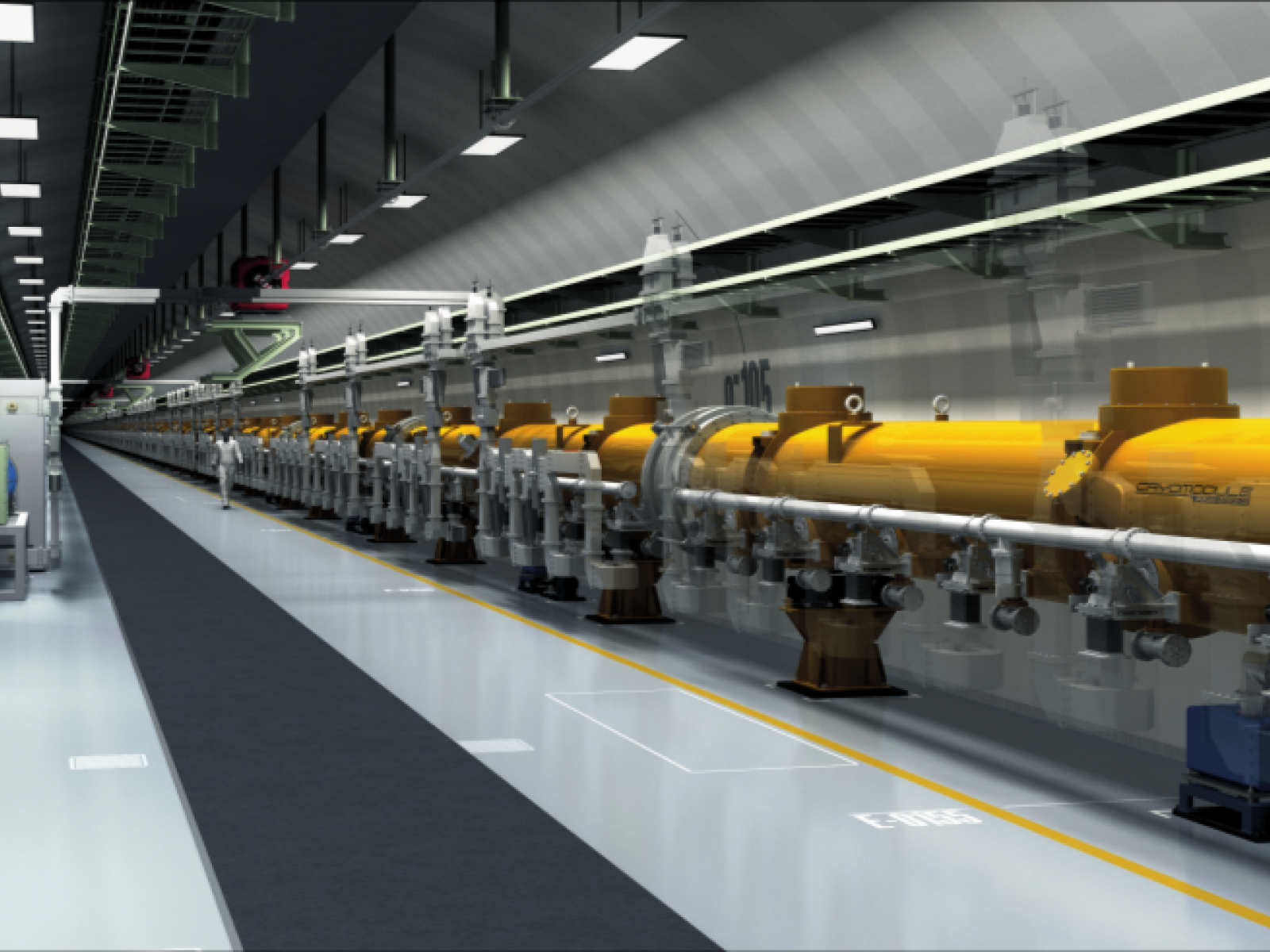
A New Era of Accelerator Science
PNNL’s Jan Strube and colleagues from Germany and Japan outline the future of particle physics research using linear colliders, which could improve our understanding of dark matter and help answer fundamental questions about the universe.
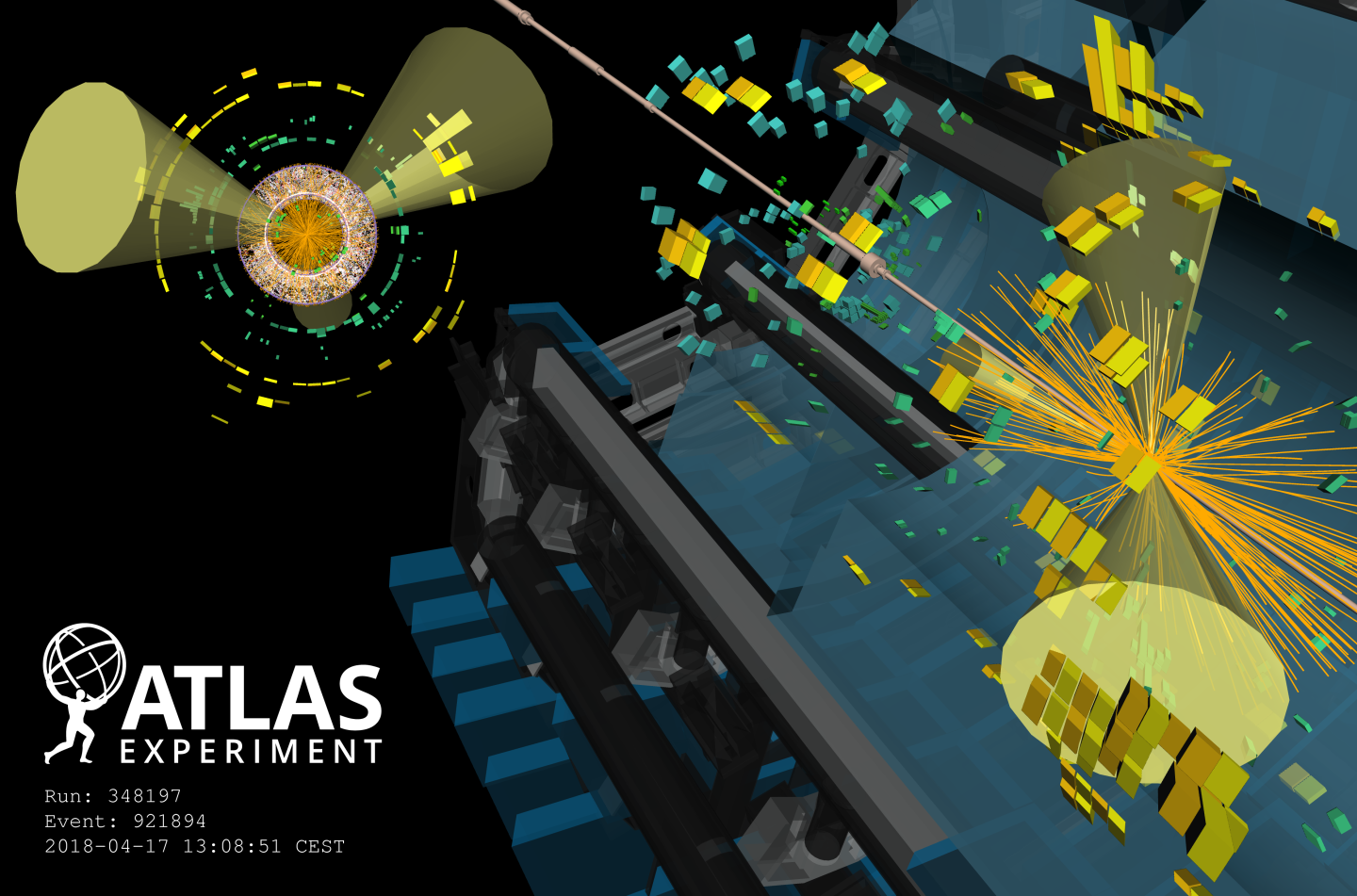
Applying Quantum Computing to a Particle Process
A team of researchers at Lawrence Berkeley National Laboratory (Berkeley Lab) used a quantum computer to successfully simulate an aspect of particle collisions that is typically neglected in high-energy physics experiments, such as those that occur at CERN’s Large Hadron Collider.

Supercomputers Aid Scientists Studying the Smallest Particles in the Universe
Using the nation’s fastest supercomputer, Summit at Oak Ridge National Laboratory, a team of nuclear physicists developed a promising method for measuring quark interactions in hadrons and applied the method to simulations using quarks with close-to-physical masses.
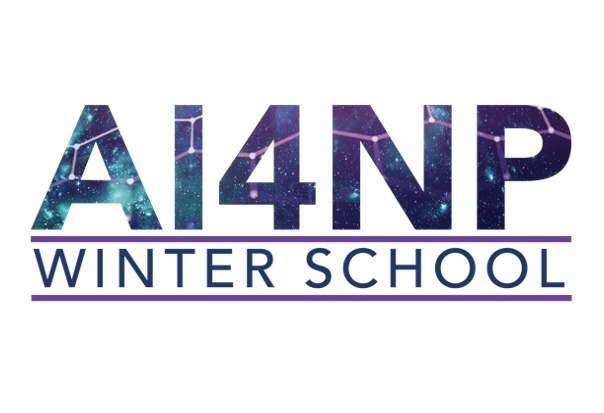
Jefferson Lab Launches Virtual AI Winter School for Physicists
Artificial intelligence is a game-changer in nuclear physics, able to enhance and accelerate fundamental research and analysis by orders of magnitude. DOE’s Jefferson Lab is exploring the expanding synergy between nuclear physics and computer science as it co-hosts together with The Catholic University of America and the University of Maryland a virtual weeklong series of lectures and hands-on exercises Jan. 11-15 for graduate students, postdoctoral researchers and even “absolute beginners.”
Remote Work Suits Jefferson Lab Technical Designer
The COVID-19 pandemic has turned workplaces everywhere upside down, prompting countless brainstorming sessions on how to make work environments safer or whether jobs might be done just as well from home. Jefferson Lab technical designer Mindy Leffel says working from home during the pandemic has been a learning process, but has only motivated her to prove herself.
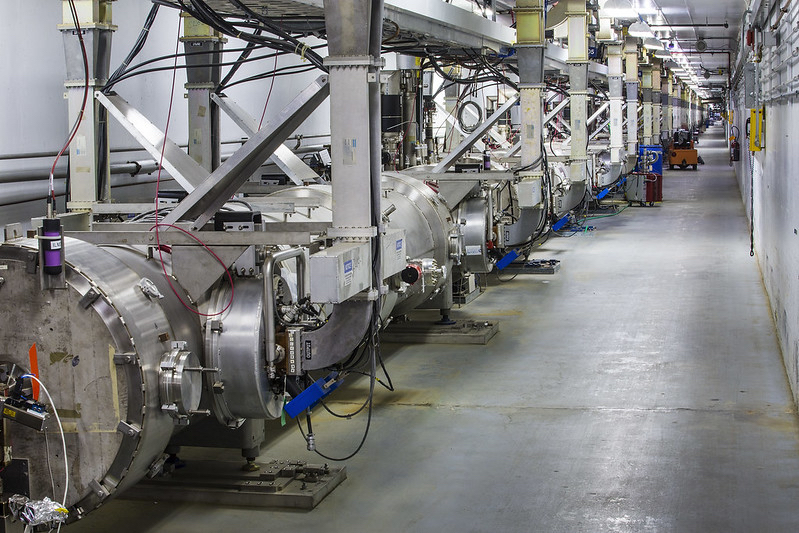
Machine Learning Improves Particle Accelerator Diagnostics
Operators of Jefferson Lab’s primary particle accelerator are getting a new tool to help them quickly address issues that can prevent it from running smoothly. The machine learning system has passed its first two-week test, correctly identifying glitchy accelerator components and the type of glitches they’re experiencing in near-real-time. An analysis of the results of the first field test of the custom-built machine learning system was recently published in the journal Physical Review Accelerators and Beams.
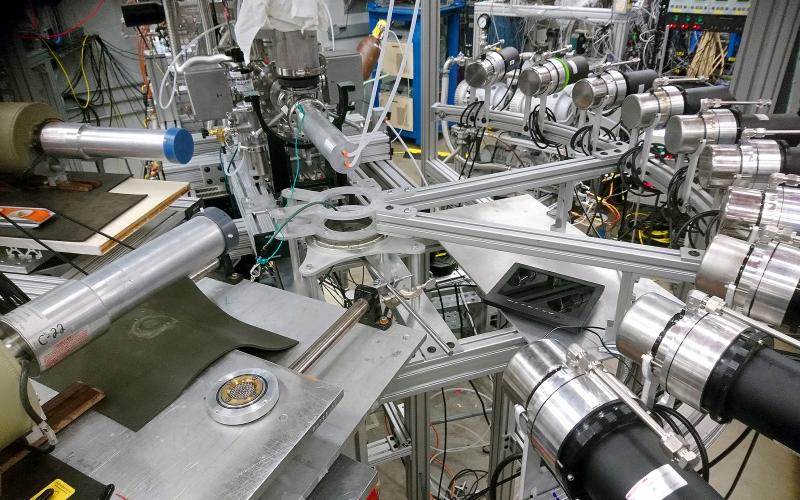
Righting a wrong, nuclear physicists improve precision of neutrino studies
Led by the Department of Energy’s Oak Ridge National Laboratory, a new study clears up a discrepancy regarding the biggest contributor of unwanted background signals in specialized detectors of neutrinos.
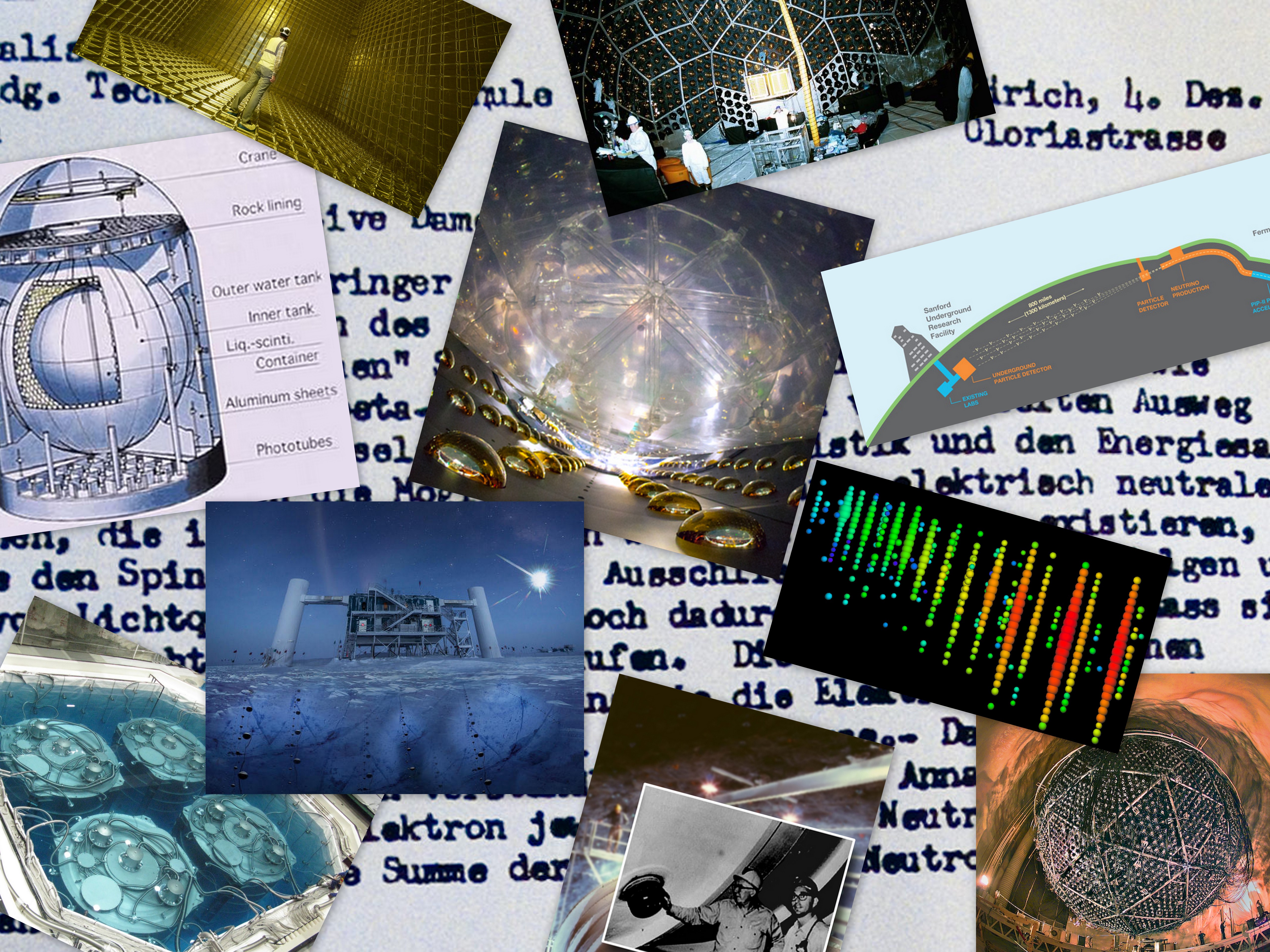
90 Years of Neutrino Science
Berkeley Lab has a long history of participating in neutrino experiments and discoveries in locations ranging from a site 1.3 miles deep at a nickel mine in Ontario, Canada, to an underground research site near a nuclear power complex northeast of Hong Kong, and a neutrino observatory buried in ice near the South Pole.
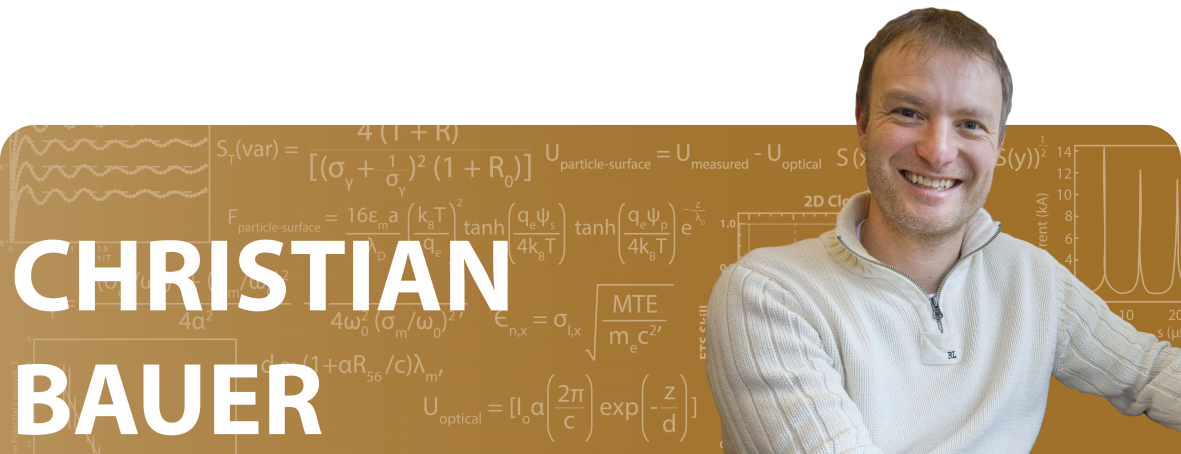
Christian Bauer: Then and Now / 2010 Early Career Award Winner
Large data sets require software specifically written to increase precision. Christian Bauer develops that software for new physics discoveries.
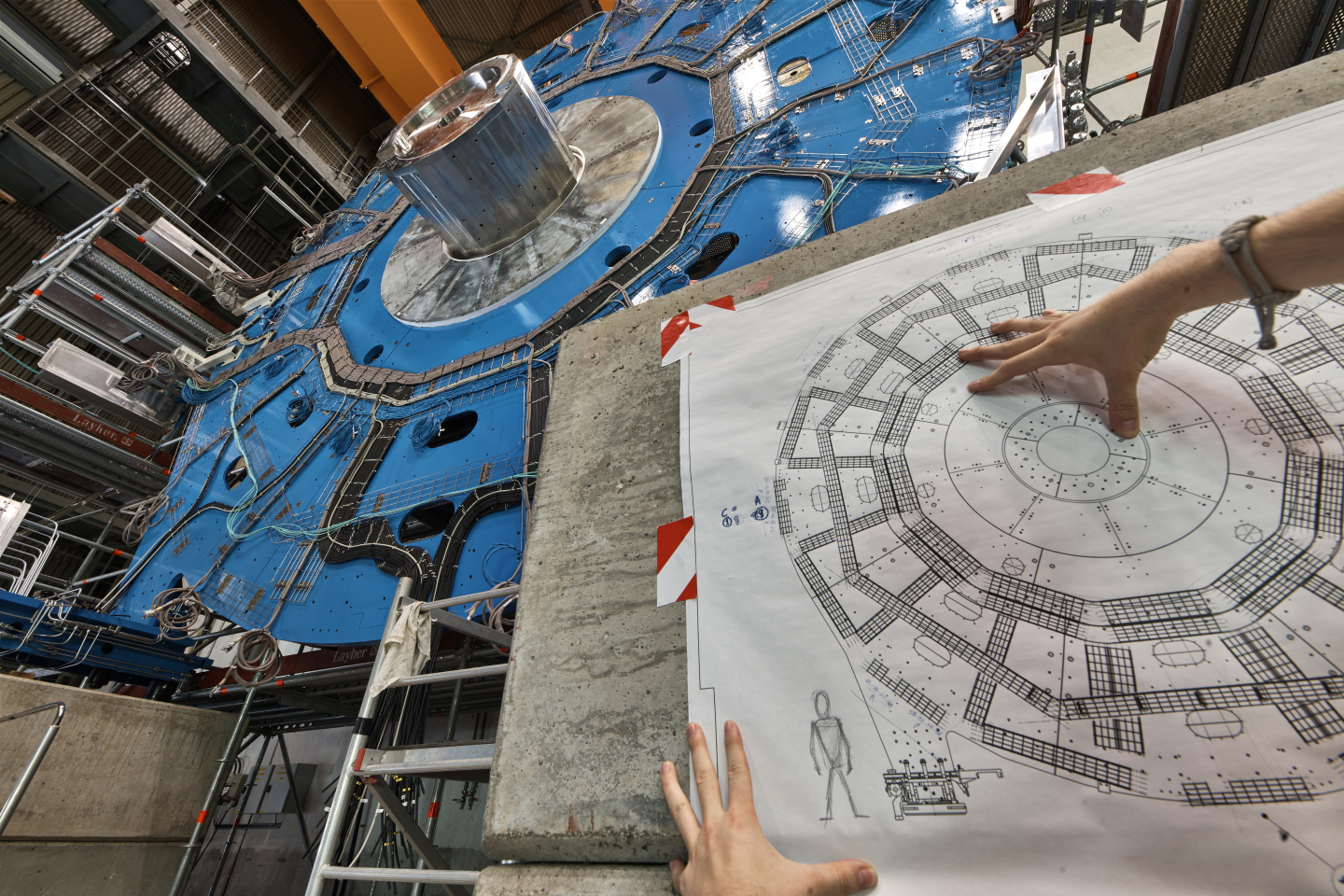
Know When to Unfold ’Em: Study Applies Error-Reducing Methods from Particle Physics to Quantum Computing
Borrowing a page from high-energy physics and astronomy textbooks, a team of physicists and computer scientists at Berkeley Lab has successfully adapted and applied a common error-reduction technique to the field of quantum computing.
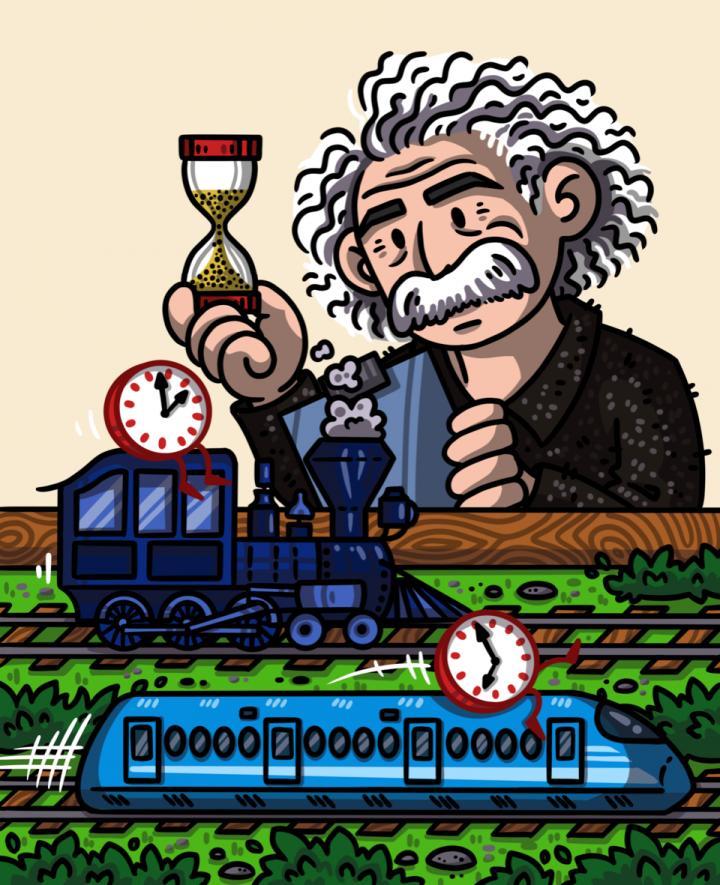
Timekeeping theory combines quantum clocks and Einstein’s relativity
A phenomenon of quantum mechanics known as superposition can impact timekeeping in high-precision clocks, according to a theoretical study from Dartmouth College, Saint Anselm College and Santa Clara University.
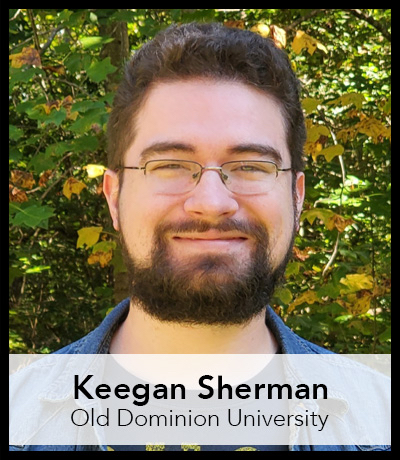
Graduate Student Receives DOE Award to Conduct Research at Jefferson Lab
A graduate student who will work with theorists at Jefferson Lab to better understand subatomic particles has received a supplemental research award from the DOE Office of Science Graduate Student Research Program.
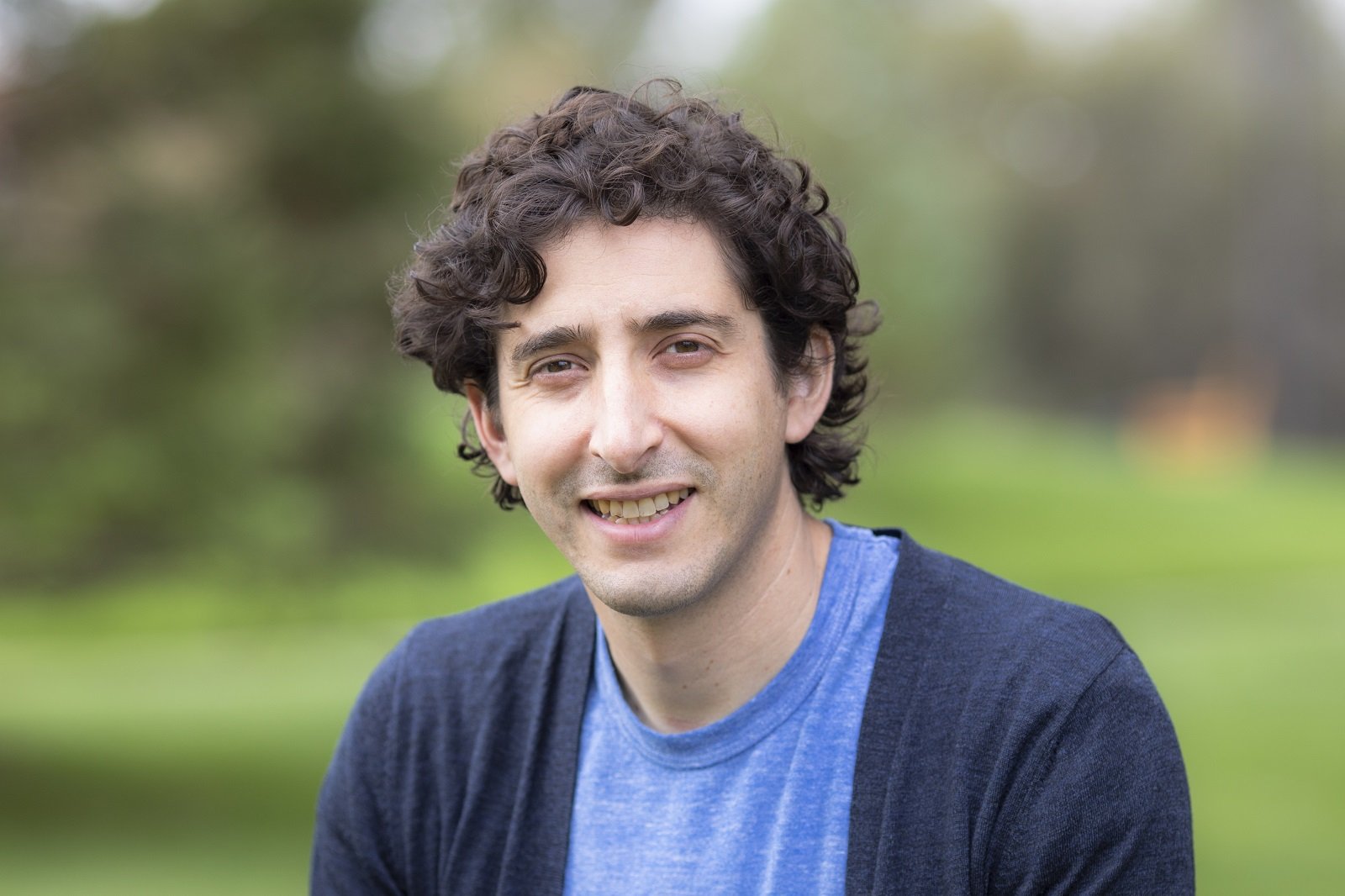
Q&A: How machine learning helps scientists hunt for particles, wrangle floppy proteins and speed discovery
At the Department of Energy’s SLAC National Accelerator Laboratory, machine learning is opening new avenues to advance the lab’s unique scientific facilities and research.
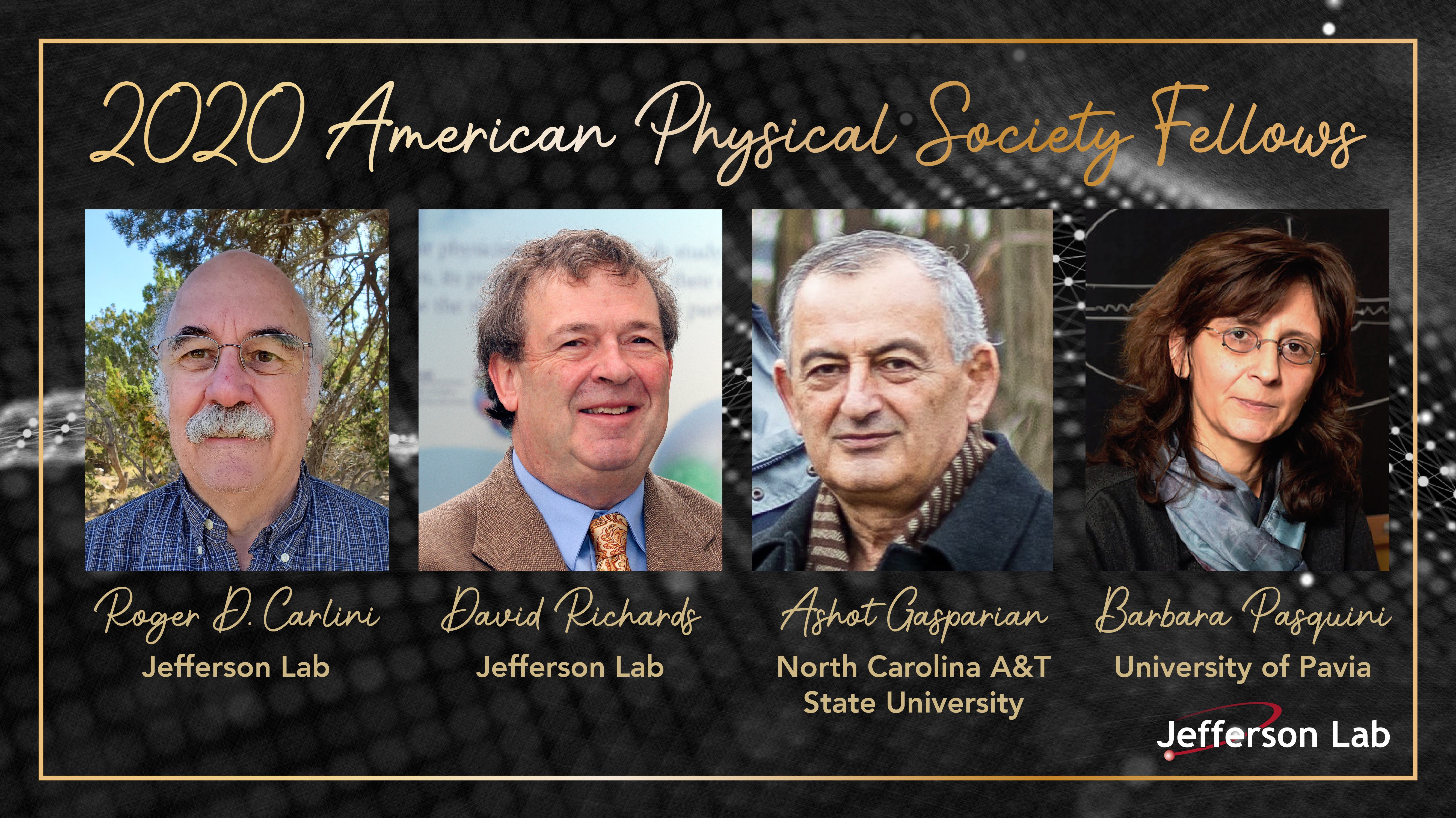
American Physical Society Announces Four 2020 Fellows Affiliated with Jefferson Lab
Four researchers who are affiliated with the U.S. Department of Energy’s Thomas Jefferson National Accelerator Facility have been selected by their professional peers for the distinct honor of Fellow of the American Physical Society.
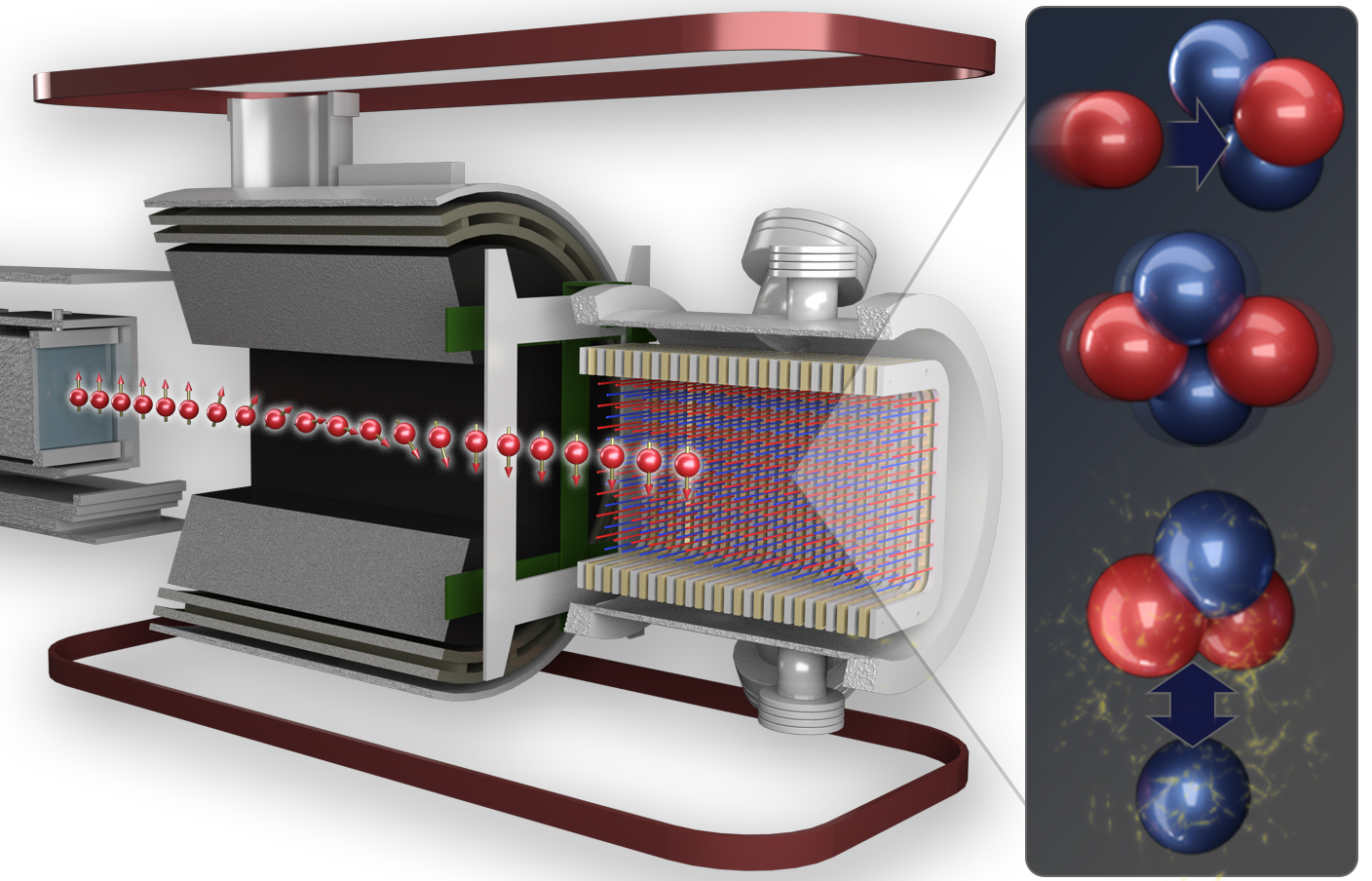
Scientists achieve higher precision weak force measurement between protons, neutrons
Through a one-of-a-kind experiment at Oak Ridge National Laboratory, nuclear physicists have precisely measured the weak interaction between protons and neutrons. The result quantifies the weak force theory as predicted by the Standard Model of Particle Physics.

Fermilab scientist Vladimir Shiltsev elected to Academia Europaea
Widely recognized for his work in accelerator beam physics, Shiltsev is one of 361 individuals elected to Academia Europaea, which promotes a wider appreciation of the value of European scholarship and research.
New Calculation Refines Comparison of Matter with Antimatter
An international collaboration of theoretical physicists has published a new calculation relevant to the search for an explanation of the predominance of matter over antimatter in our universe. The new calculation gives a more accurate prediction for the likelihood with which kaons decay into a pair of electrically charged pions vs. a pair of neutral pions.
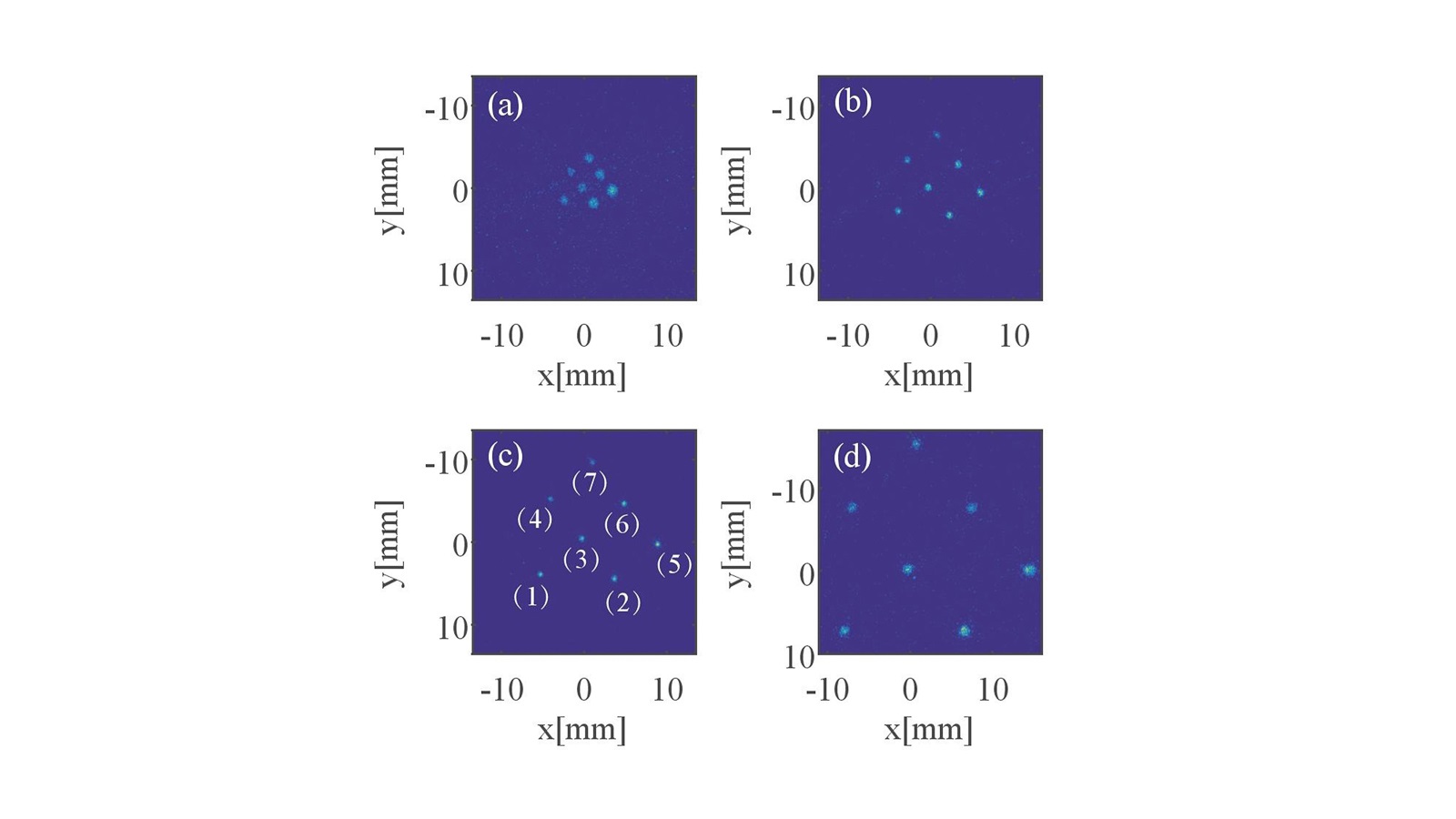
Scientists find new way to measure important beam property
In a new study from Argonne, researchers have measured important beam properties that will help scientists develop more focused beams for high-impact science.
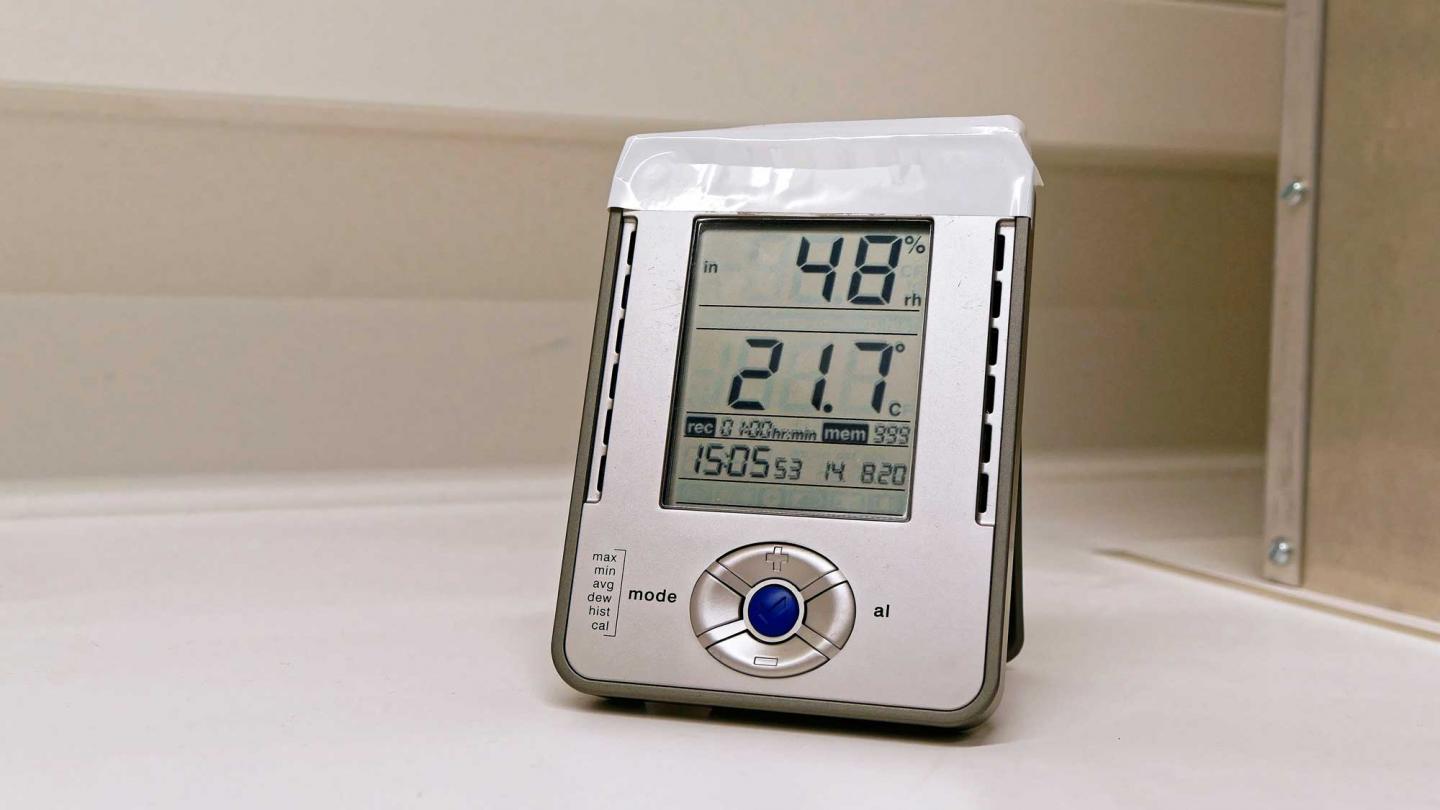
Coronavirus SARS-CoV-2 spreads more indoors at low humidity
The airborne transmission of the coronavirus SARS-CoV-2 via aerosol particles in indoor environment seems to be strongly influenced by relative humidity.
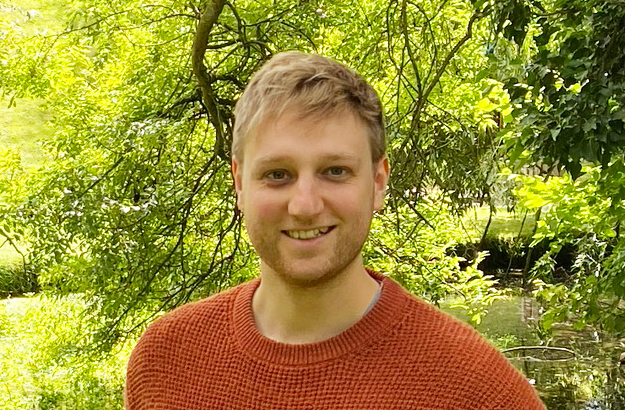
Calculating Hadrons Using Supercomputers
Hadrons are elusive superstars of the subatomic world, making up almost all visible matter, and British theoretical physicist Antoni Woss has worked diligently with colleagues at the U.S. Department of Energy’s Thomas Jefferson National Accelerator Facility to get to know them better. Now, Woss’ doctoral thesis on spinning hadrons has earned him the 2019 Jefferson Science Associates Thesis Prize.
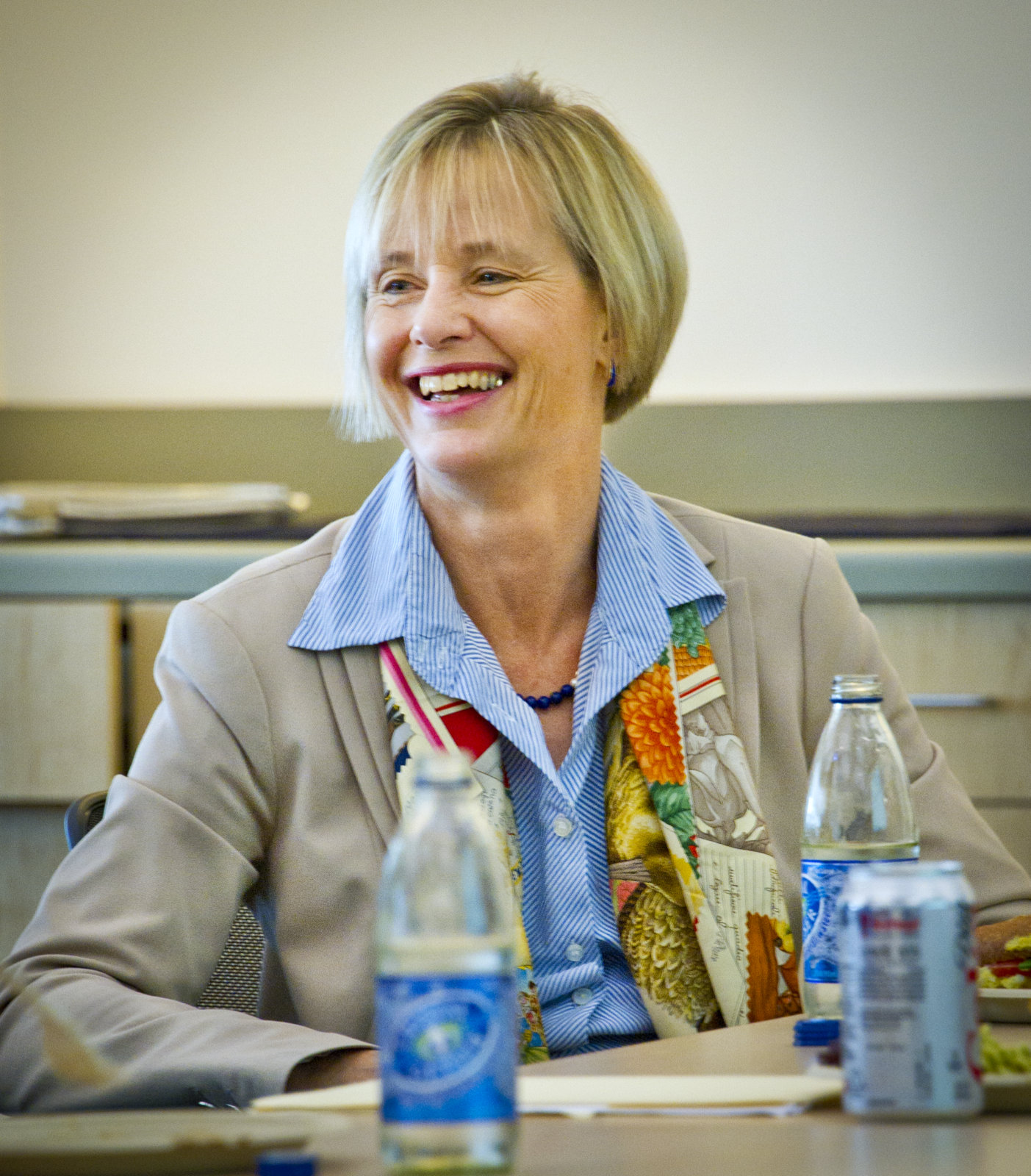
Natalie Roe Named Berkeley Lab’s Associate Director for Physical Sciences
Natalie Roe, who joined Lawrence Berkeley National Laboratory (Berkeley Lab) as a postdoctoral fellow in 1989 and has served as Physics Division director since 2012, has been named the Lab’s Associate Laboratory Director (ALD) for the Physical Sciences Area. Her appointment was approved by the University of California. The announcement follows an international search.
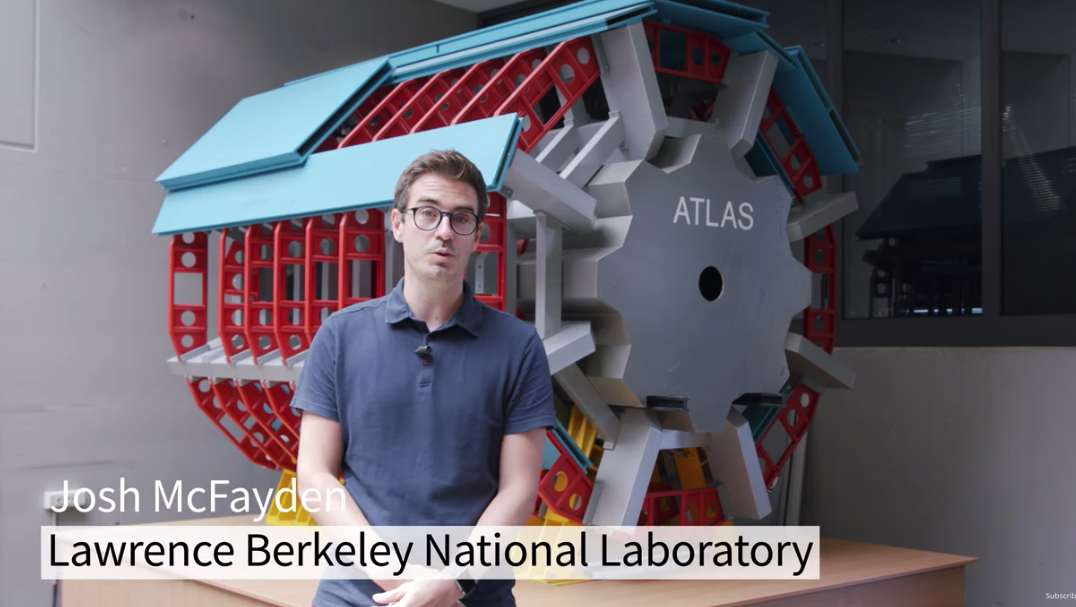
Another Win for the Standard Model: New Study Defies Decades-Old ‘Discrepancy’ With High-Precision Measurement
A new study dives into a decades-old discrepancy from a Standard Model of particle physics pillar known as “lepton flavor universality,” and provides strong evidence to resolve it.

Developing Detectors for Scientific Research and Medicine
Cynthia Keppel has been named a DOE Office of Science Distinguished Scientist Fellow. Based at DOE’s Thomas Jefferson National Accelerator Facility, she is one of three DOE National Laboratory scientist fellows who will receive $1 million to devote to developing better detectors for science and medicine.
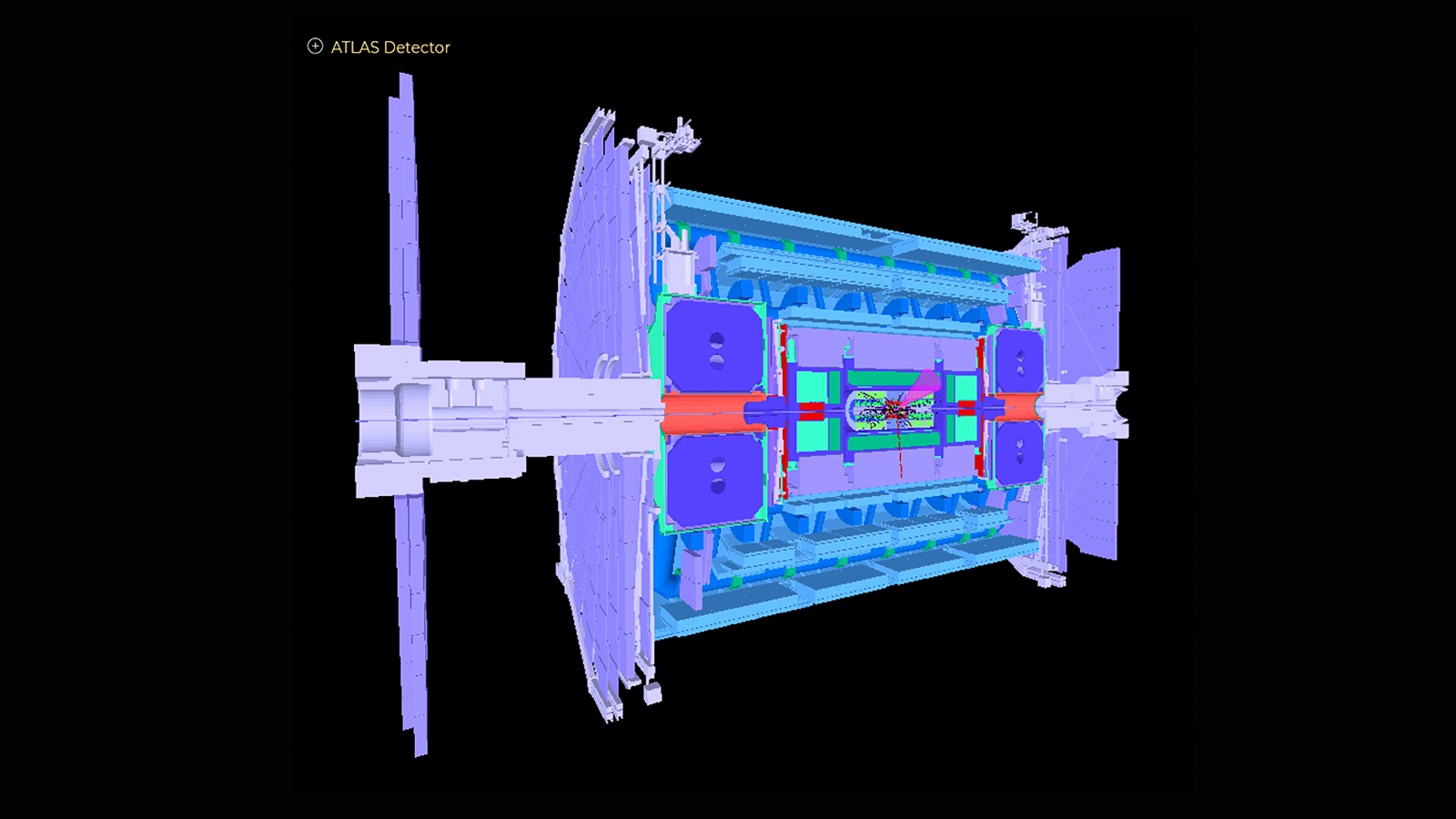
Learning more about particle collisions with machine learning
A team of Argonne scientists has devised a machine learning algorithm that calculates, with low computational time, how the ATLAS detector in the Large Hadron Collider would respond to the ten times more data expected with a planned upgrade in 2027.
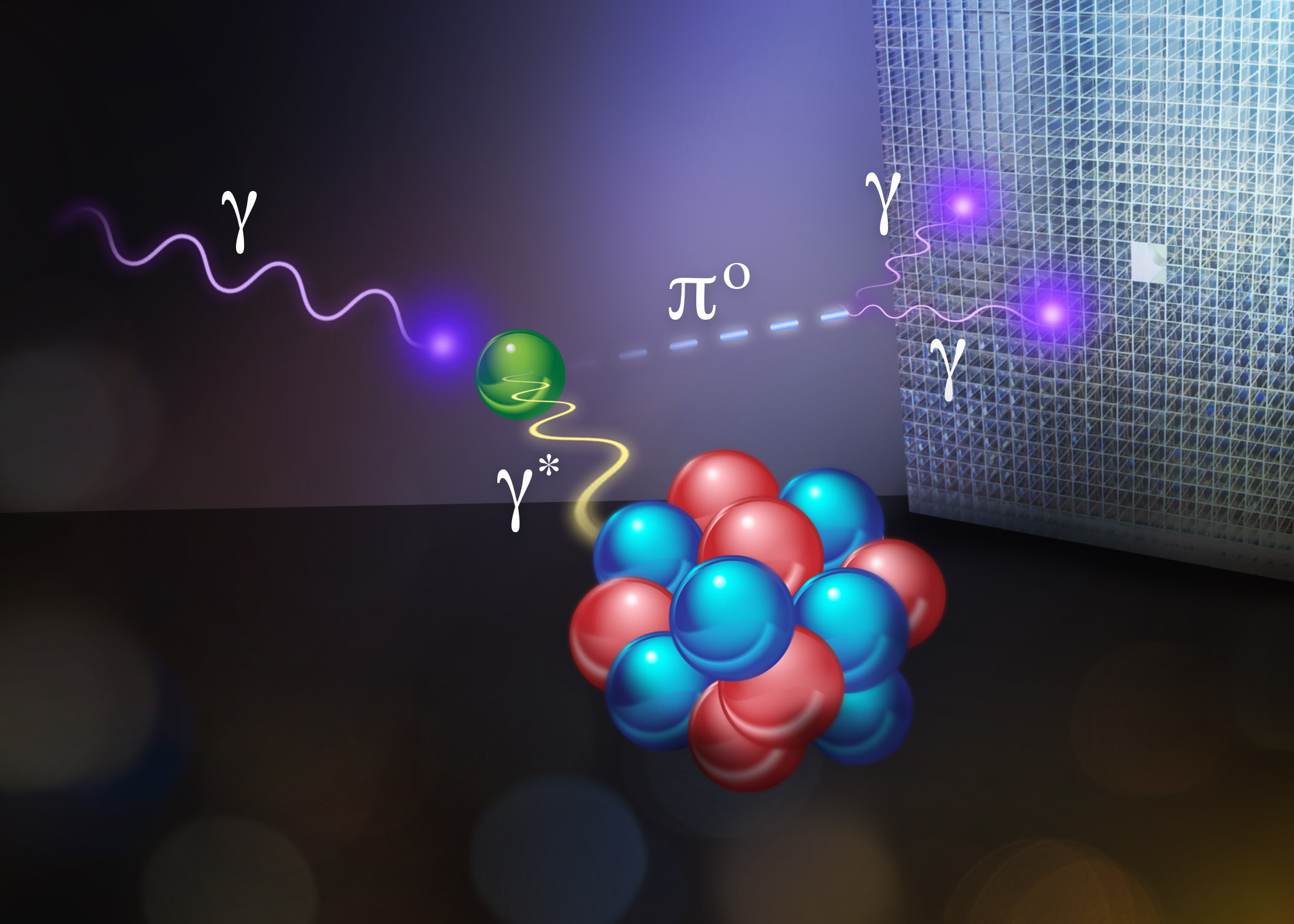
Precise Measurement of Pions Confirms Understanding of Fundamental Symmetry
Nuclear physicists have announced the most precise measurement yet of the ultra-short lifetime of the neutral pion. The result is an important validation of our understanding of the theory of quantum chromodynamics, which describes the makeup of ordinary matter. The research, carried out at the Department of Energy’s Thomas Jefferson National Accelerator Facility, was recently published in the journal Science.
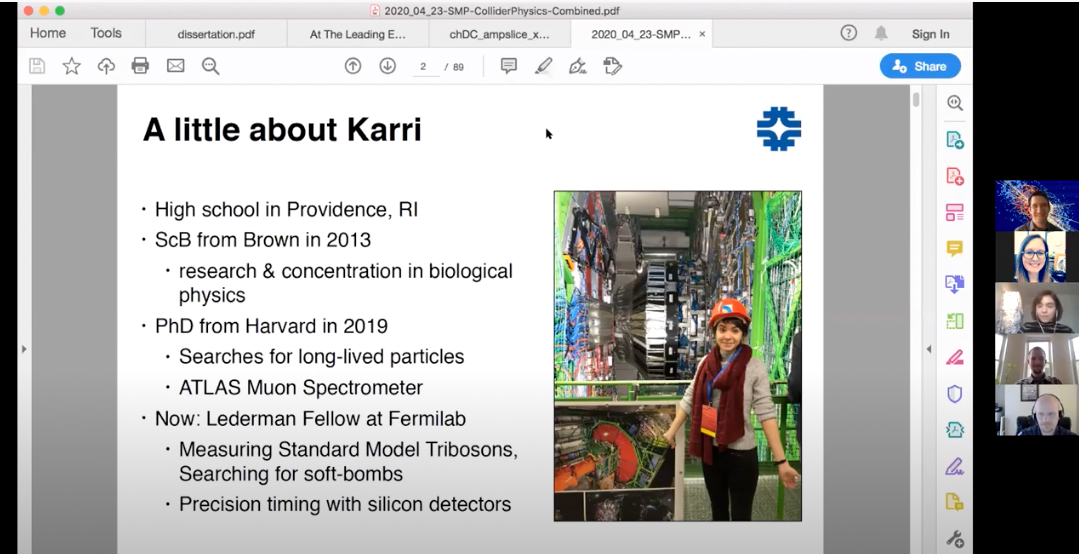
Saturday Morning Physics goes virtual
Fermilab’s popular outreach program for high school students, started in 1980, takes full advantage of modern technology to reach a broader audience. Recordings now are available online.
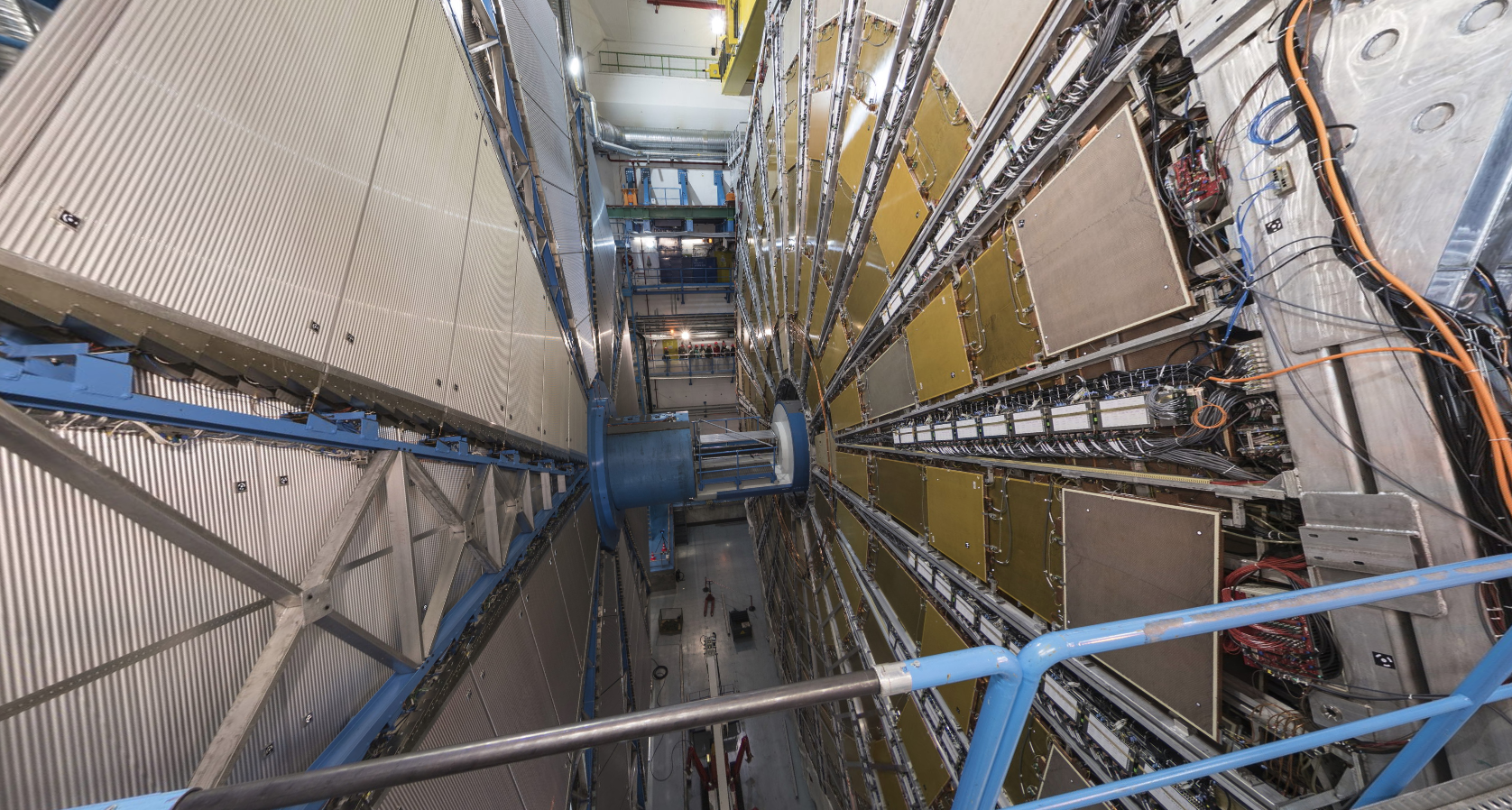
In International Physics Collaborations, Working Remotely Is Nothing New
Marjorie Shapiro, an experimental particle physicist and faculty senior scientist at Berkeley Lab, has been accustomed to working remotely and observing extreme social distancing from some colleagues for years, given that the scientific experiment she supports is 5,800 miles away.
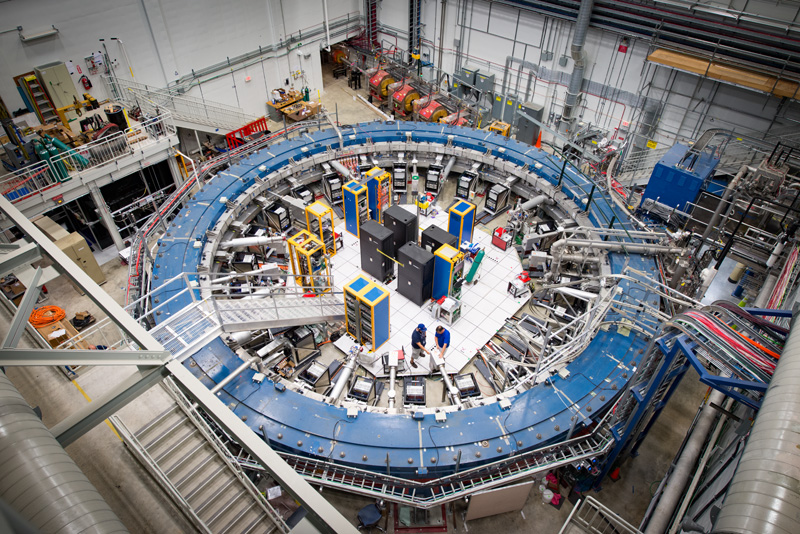
Physicists publish worldwide consensus of muon magnetic moment calculation
An international team of theoretical physicists have published their calculation of the anomalous magnetic moment of the muon. Their work expands on an equation that revolutionized physics almost a century ago and that may aid scientists in the discovery of physics beyond the Standard Model.
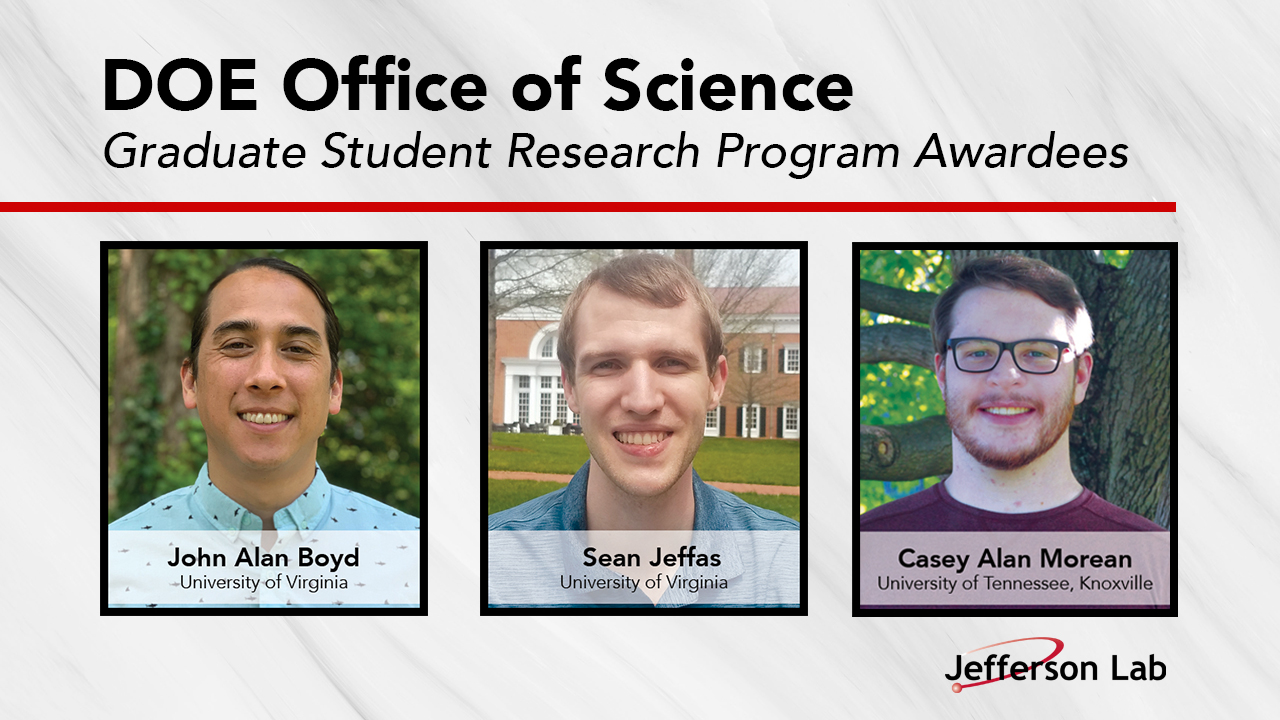
Jefferson Lab Graduate Student Researchers Receive DOE Awards
Three graduate students have gotten a financial boost from DOE to conduct research at the Department of Energy’s Thomas Jefferson National Accelerator Facility. The students have received supplemental research awards from the DOE Office of Science Graduate Student Research Program.
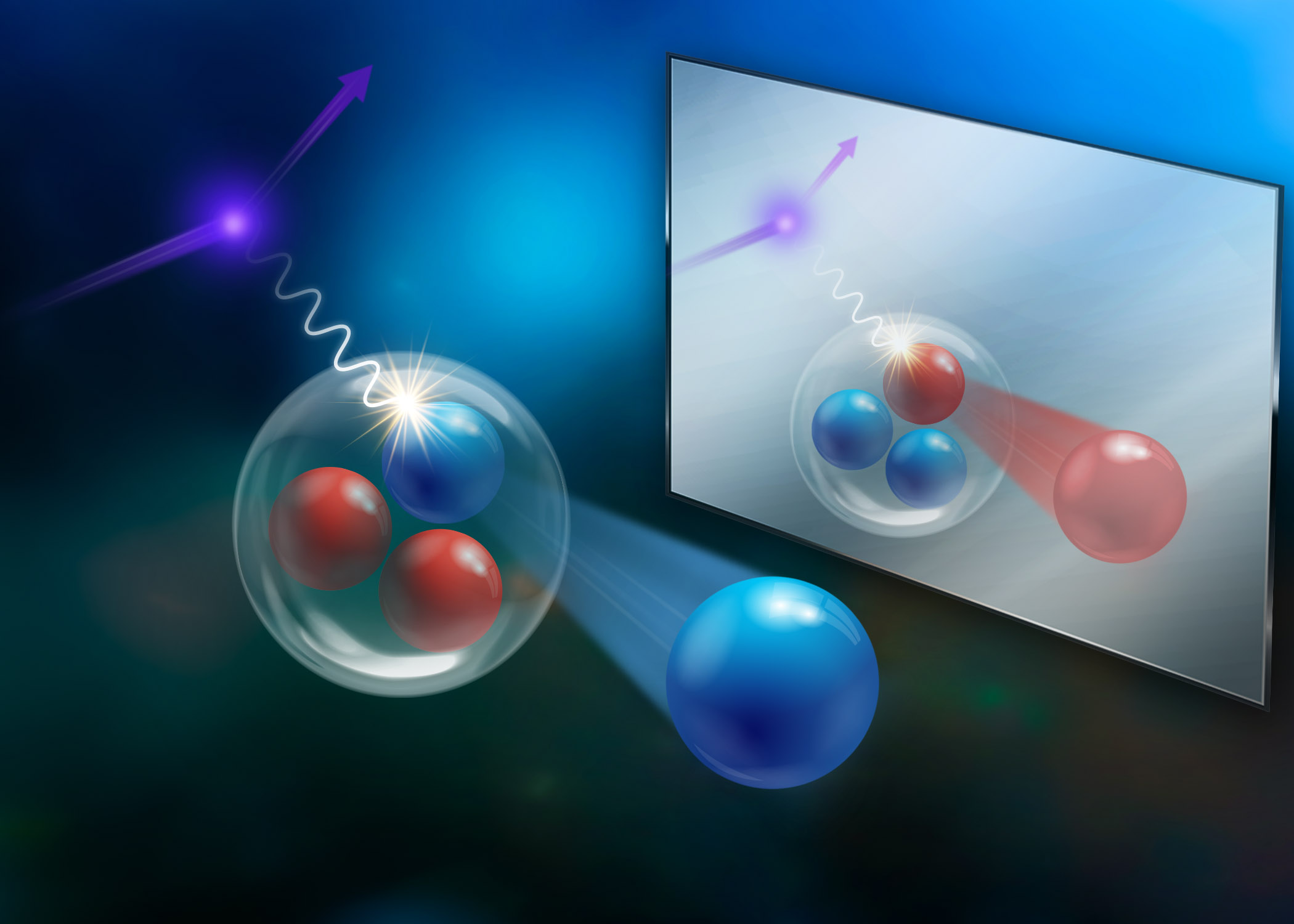
Physicists Study Mirror Nuclei for Precision Theory Test
A precision measurement of helium and hydrogen mirror isotopes reveals new questions in understanding of nuclear structure. The research, carried out at the Department of Energy’s Thomas Jefferson National Accelerator Facility, was recently published as an editors’ suggested read in Physical Review Letters.

Four years of calculations lead to new insights into muon anomaly
For two decades, physicists have been trying to reconcile a gap between theoretical and experimental data on a particle called the muon. A new study, powered by Argonne’s supercomputer Mira, sharpens one piece of the puzzle.

Four Years of Calculations Lead to New Insights into Muon Anomaly
Two decades ago, an experiment at Brookhaven National Laboratory pinpointed a mysterious mismatch between established particle physics theory and actual lab measurements. A multi-institutional research team (including Brookhaven, Columbia University, and the universities of Connecticut, Nagoya and Regensburg, RIKEN) have used Argonne National Laboratory’s Mira supercomputer to help narrow down the possible explanations for the discrepancy, delivering a newly precise theoretical calculation that refines one piece of this very complex puzzle.
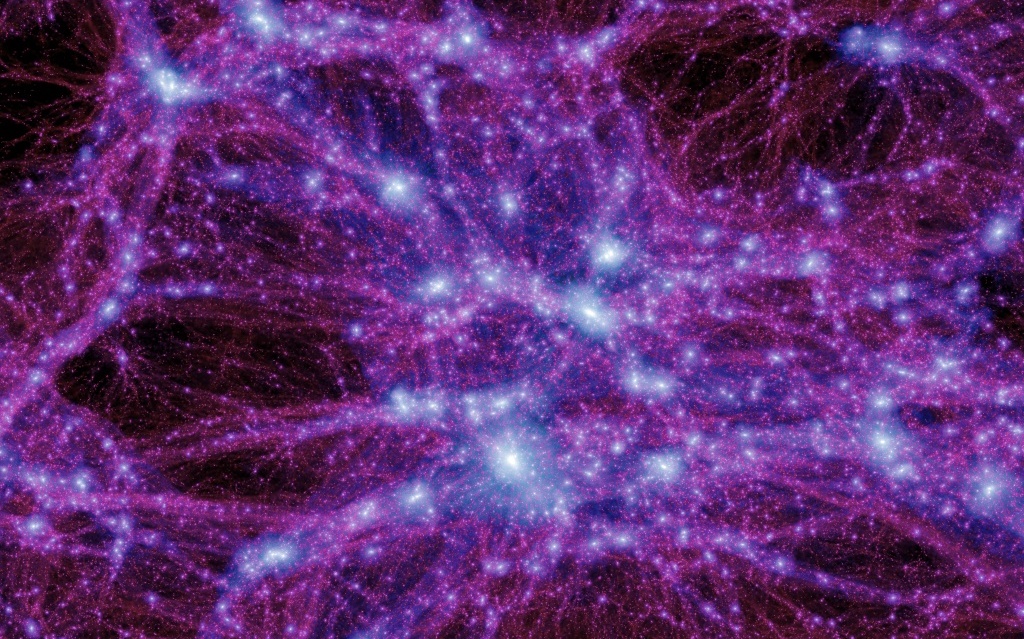
Study: Could Dark Matter Be Hiding in Existing Data?
A new study, led by researchers at Berkeley Lab and UC Berkeley, suggests new paths for catching the signals of dark matter particles that have their energy absorbed by atomic nuclei.
Particle physics at home
Browse Fermilab’s many online resources to dive into the wonderful world of particle physics.
Cosmic Understanding from Miniscule Particles
To understand how elements heavier than iron formed, scientists are running particle physics experiments and astrophysical computing models that complement each other. They collaborate to find the distinctive signatures of heavy elements.
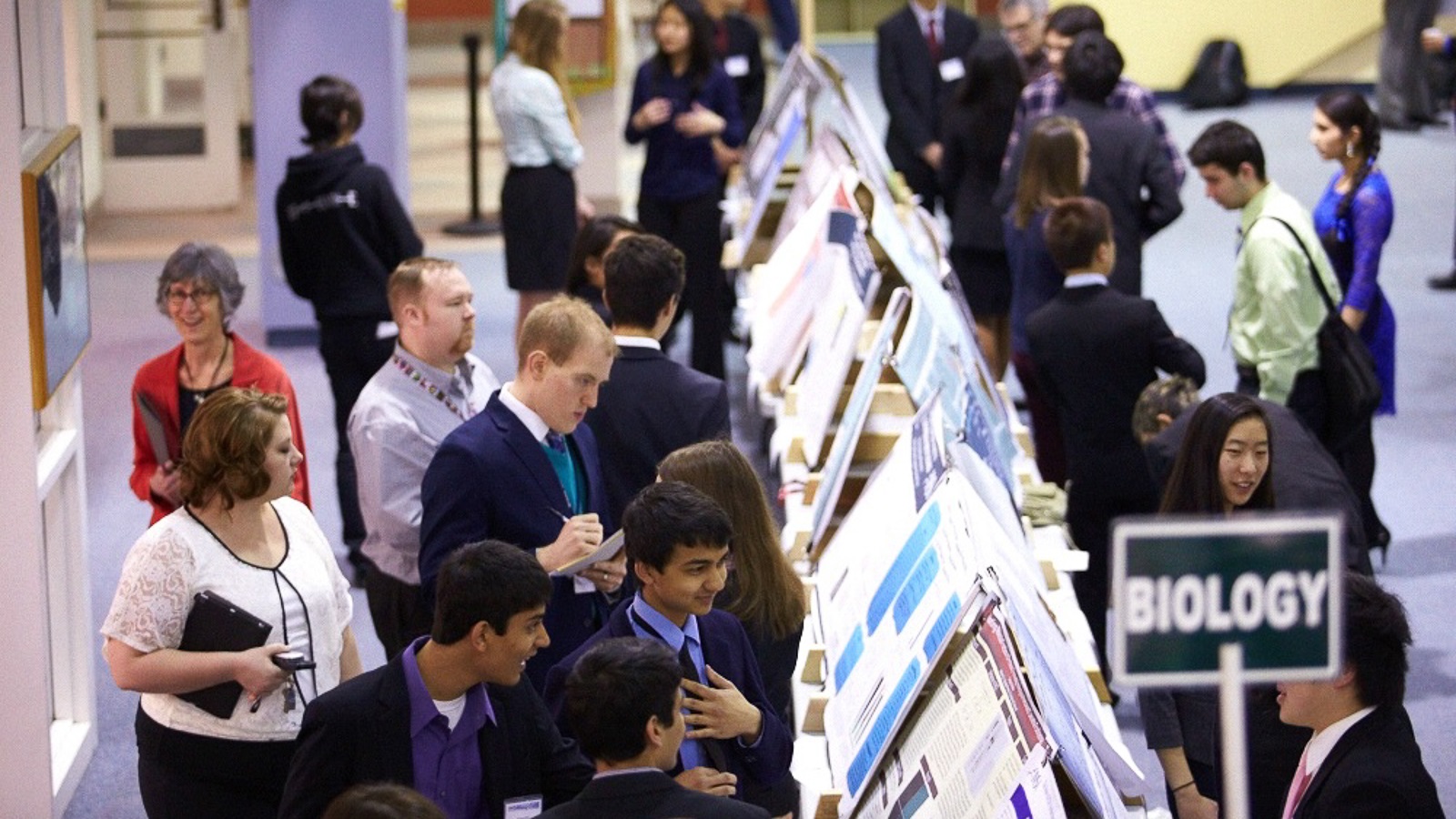
IMSA High School Internship advances DUNE project and showcases unexplored potential of physics
Argonne National Laboratory’s Illinois Mathematics and Science Academy (IMSA) High School Internship Program has this year’s exceptionally bright high school students working on the Deep Underground Neutrino Experiment (DUNE)’s world-changing research.

Berkeley Lab Cosmologists Are Top Contenders in Machine Learning Challenge
In a machine learning challenge dubbed the 2020 Large Hadron Collider Olympics, a team of cosmologists from Berkeley Lab developed a code that best identified a mock signal hidden in simulated particle-collision data.

The Big Questions: Sally Dawson on the Higgs Boson
The Big Questions series features perspectives from the five recipients of the Department of Energy Office of Science’s 2019 Distinguished Scientists Fellows Award describing their research and what they plan to do with the award. Sally Dawson is a senior scientist at DOE’s Brookhaven National Laboratory.
Meet the Director: Guy Savard
This is a continuing profile series on the directors of the Department of Energy (DOE) Office of Science user facilities. These scientists lead a variety of research institutions that provide researchers with the most advanced tools of modern science including accelerators, colliders, supercomputers, light sources and neutron sources, as well as facilities for studying the nano world, the environment, and the atmosphere.
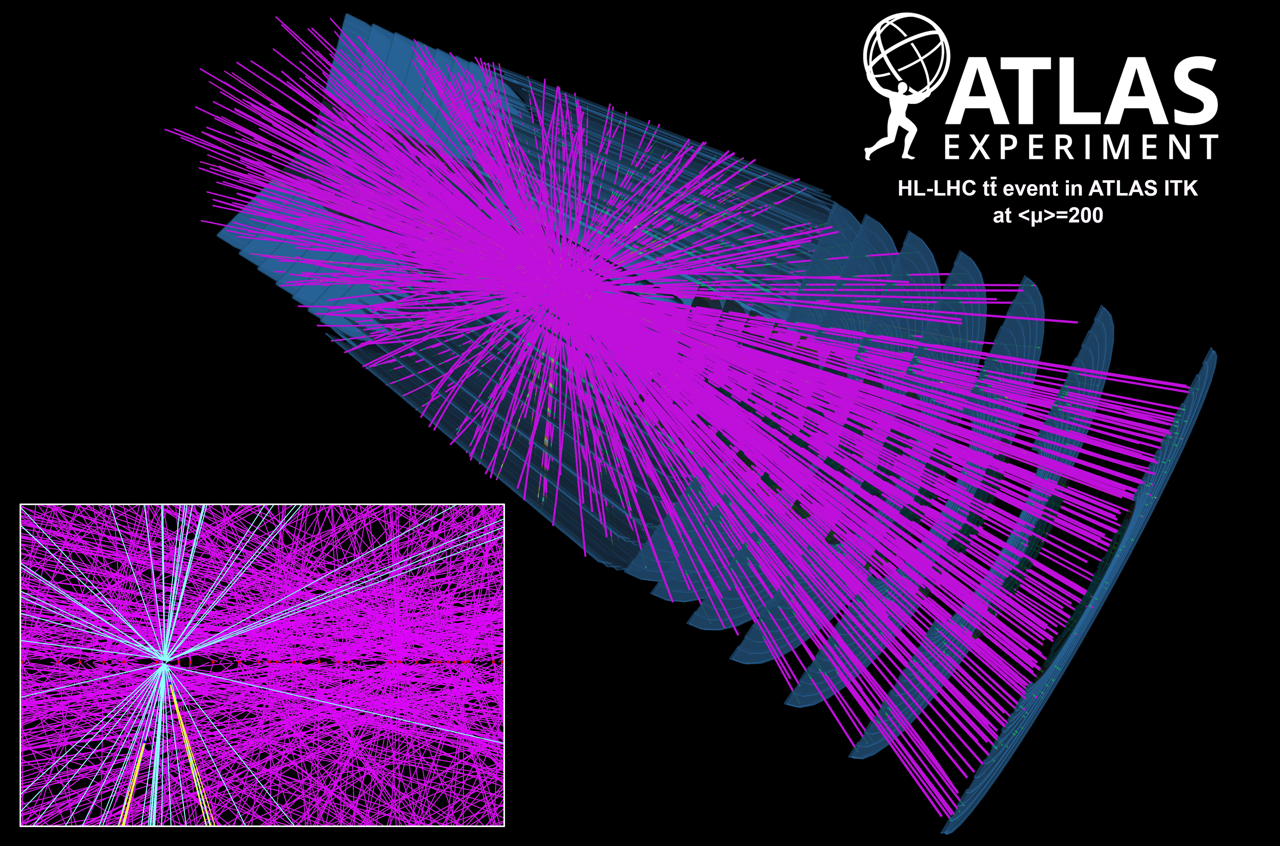
Particle Physics Turns to Quantum Computing for Solutions to Tomorrow’s Big-Data Problems
Giant-scale physics experiments are increasingly reliant on big data and complex algorithms fed into powerful computers, and managing this multiplying mass of data presents its own unique challenges. To better prepare for this data deluge posed by next-generation upgrades and new experiments, physicists are turning to the fledgling field of quantum computing.
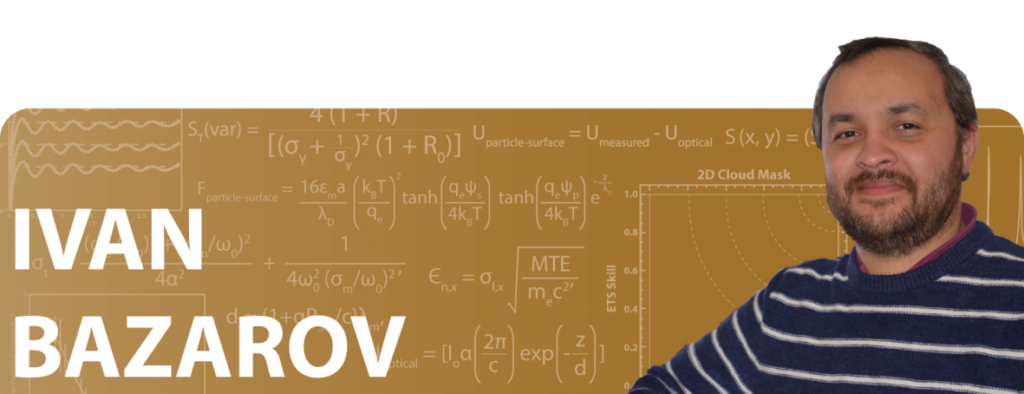
Ivan Bazarov: Then and Now
Ivan Bazarov is a professor in the Department of Physics at Cornell University.
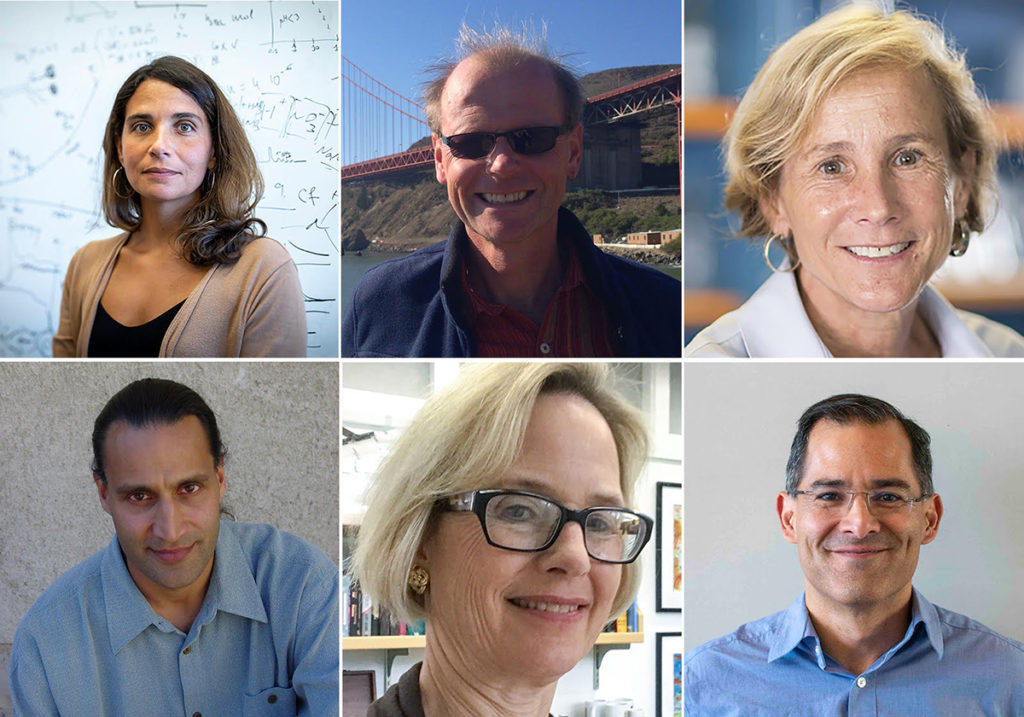
Six Berkeley Lab Scientists Named AAAS Fellows
Six scientists from the Department of Energy’s Lawrence Berkeley National Laboratory (Berkeley Lab) have been named Fellows of the American Association for the Advancement of Science (AAAS).